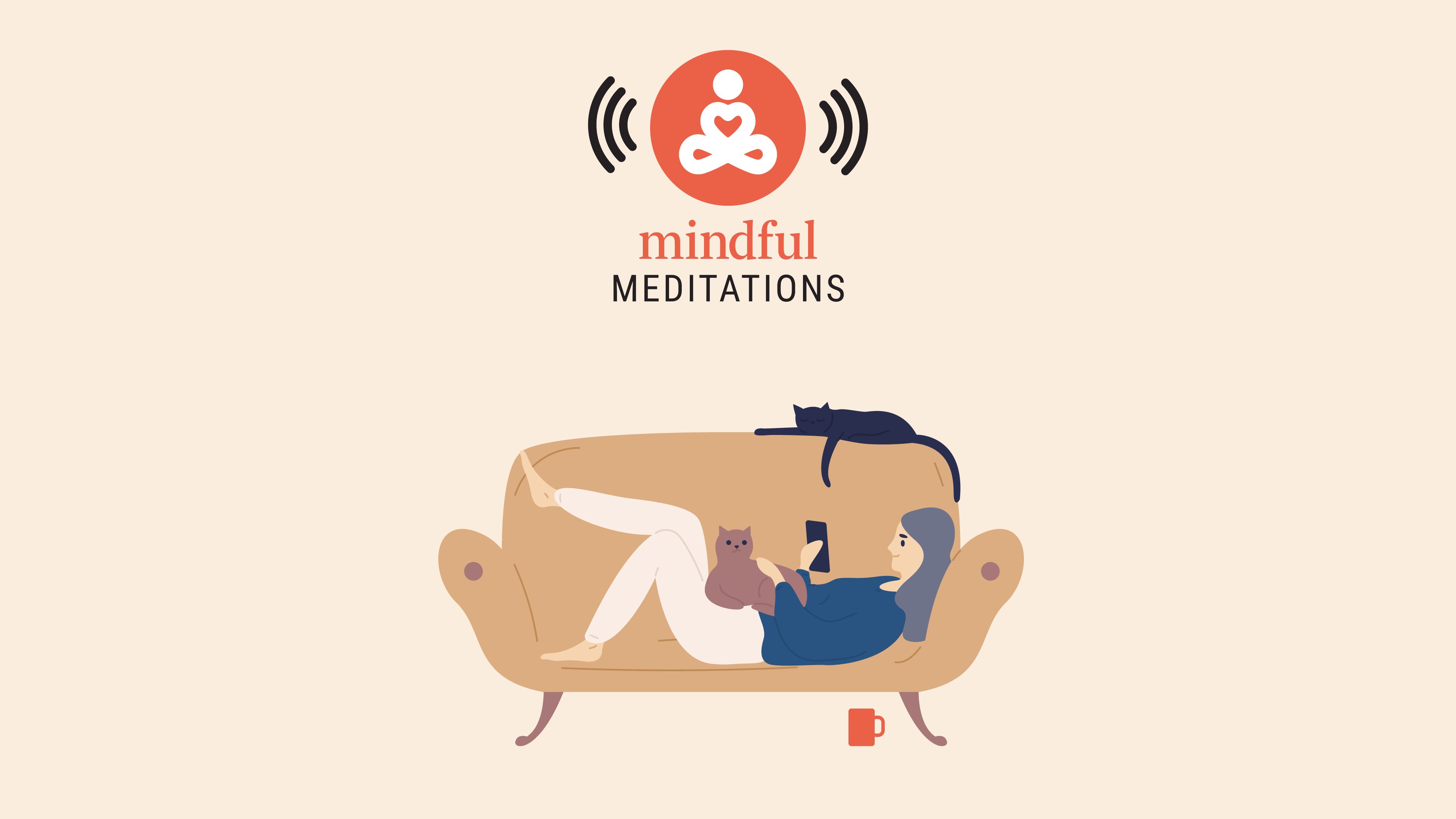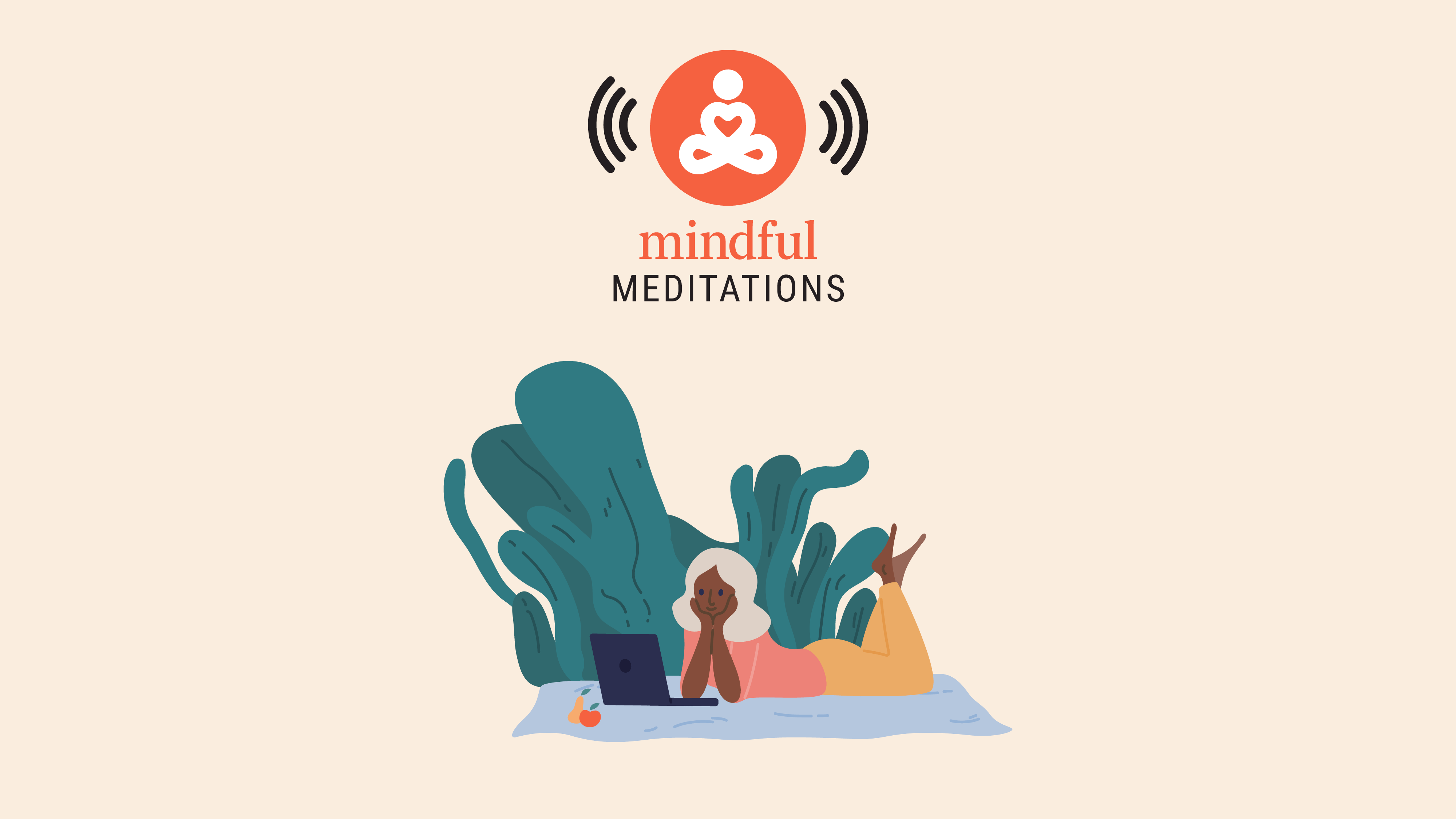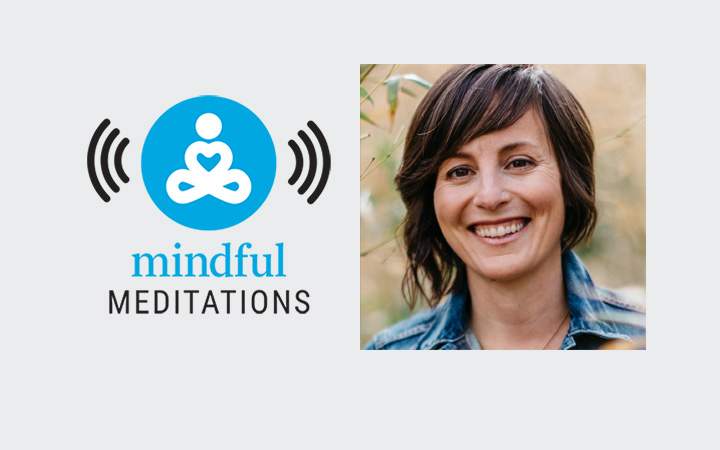This session we’re going to extend that learning and take a look at our relationship with our cell phones and the habit loops that form around them.
Remember in the first session we talked about an analogy of gears? There’s
So, let’s say you have a project that’s due and you feel like you’re way behind on it. How does that feel? I think we can all agree: it doesn’t feel great. And it’s a sensation that can definitely trigger a bunch of different behaviors that have nothing to do with actually working on that project.
If your brain’s anything like mine, one of the ways I might deal with this uncomfortable feeling is to distract myself from it. And one of the ways I’ve become accustomed to doing that is through the technology I have on my phone. Project deadline bearing down? Suddenly checking my Facebook or news feed, or seeing if anyone has said something funny on Twitter becomes a priority. And getting a bit of news, seeing that someone liked my last post, and laughing at someone’s tweet all feels a little bit better—for a few moments anyway—than facing my dreaded deadline. Our phones are masterfully designed weapons of mass distraction, and it’s so easy to get sucked into that distraction.
Our phones are masterfully designed weapons of mass distraction, and it’s so easy to get sucked into that distraction.
Why? Because they’re portable enough to be in our pockets (or even beneath our pillows at night); and they are powerful delivery systems of information that speaks directly to our personal lives and views. Add to that something we call “intermittent reinforcement,” meaning we don’t know when we’re going to get that next text, tweet or email alert: studies have shown that this is the most powerful kind of learning for a human brain. In fact, this is the same type of intermittent rhythm that keeps people going back to casinos to see if they will—this time—walk out with a jackpot. In the interim, we win just enough to make returning and spending more seem logical.
Cell phones don’t dispense money (yet). But they are handy, compact delivery systems for little reinforcements such as social media updates. And so the tracks are laid for the kind of
Let’s get up close and observe how all this actually works on us.
Unhook From Your Phone Addiction
Watch the video:
Listen to the practice:
Unhook From Your Phone Addiction
Read the practice:
1. Get comfortable and simply hold your phone in your hand.Feel its weight and structure. Now take a moment to look down at it. Just take a moment. And then go back to feeling your phone in your hand. You’re anchored in your awareness of your body and breath and you’re inviting your phone into that territory.
2. Look at the blank screen of your phone without turning it on.Can you notice anything happening in your body simply from holding your phone? Do you detect any restless anticipation? How about an internal voice that implores you to check the news or your email? Simply notice anything that’s arising and continue to gaze at your phone.
3. If thoughts emerge, simply note them as “thinking,” and bring your awareness back to your phone.Check in with your body. Any sensations such as nervousness? Or do you find in these moments that suddenly your To Do list has popped up in your mind?
4. Do you feel an urge to swipe the screen of your phone, check that text you just heard arrive, see who called you a few minutes ago?Take a moment to track what that feels like in your body. Drop in and notice the qualities of that urge. What does it feel like?
5. Now try to simply open your phone to its home screen.Notice what that feels like as you look at the screen. Can you hold there, without checking anything further, and explore what’s going on in your body? See if you can bring your awareness right into that sensation. I couldcheck my social media. I couldcheck my email. What does that feel like in that space before acting? What does this urge to check your phone, or check anything, feel like?
6. Put your phone down now and take a moment.Drop back into your embodied experience. Return to your breath and your body as you place your phone away from you. If you notice that your heart is racing, just take a couple deep, conscious breaths.
Spend this week being aware of your behavior around your phone. Notice urges to check your email or social media feeds. Slow things down. See if you can take even a brief pause. This is the territory where you can get very familiar with what those urges feel like.
Then go ahead and check your email, but with the same awareness of the sensations in your body. What you’re doing here is exploring the reward part of this loop. Note what it feels like to actually check your email: Is there a sense of relief, release, even temporary joy? Do you notice anything else that comes along with those feelings?
Getting familiar with how rewards truly feel is crucial because this is where our brains learn. And rewards drive future behavior. Mapping out just how rewarding our interactions are—whether with food or phones or anything else—is key to raising our awareness overall and moving ourselves out of autopilot. If we’re not paying attention, then we’re going along habitually. But if we are paying attention, we are driving in second gear. And the only way to get there is by familiarizing ourselves and exploring and understanding the rewards that come from our behaviors.
Try to map out any habit loops you notice this week, and we’ll explore more of this with regards to stress and anxiety next week—not to raise our stress levels, but to develop practices to lower them.
Explore Session #4
Tame Your Feelings of Anxiety
By understanding the stress and anxiety habit loops present in our lives, we can eventually ease ourselves into different behaviors around these difficult emotions.
Read More
More mini-Courses
Build Emotional Resilience with Jessica Morey
In this 4-part series you’ll explore a series of meditations on building emotional resilience, learning how to mindfully practice with anger, anxiety, longing, and joy.
Read More





